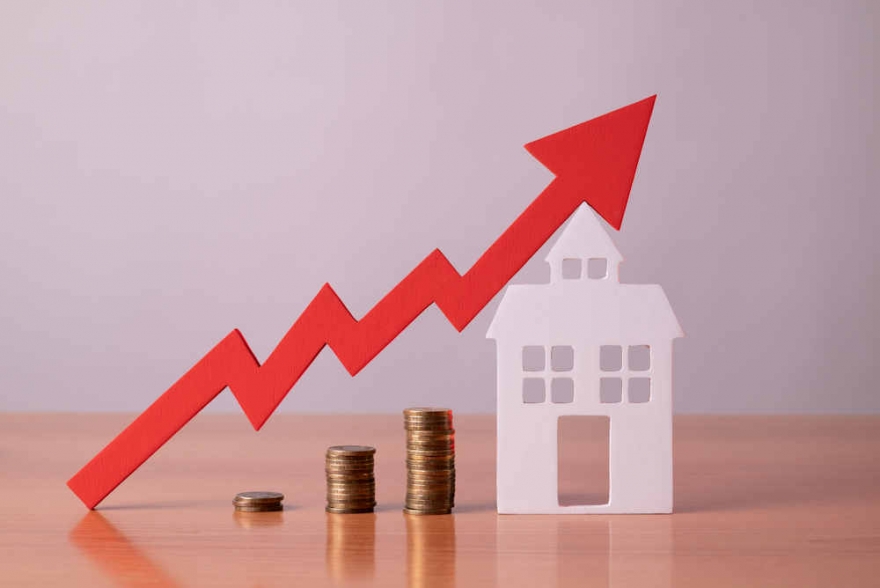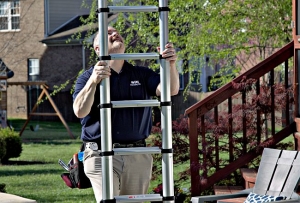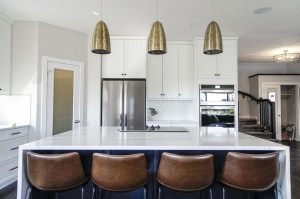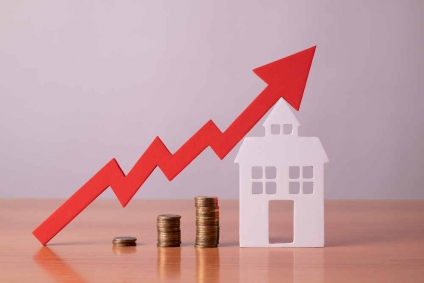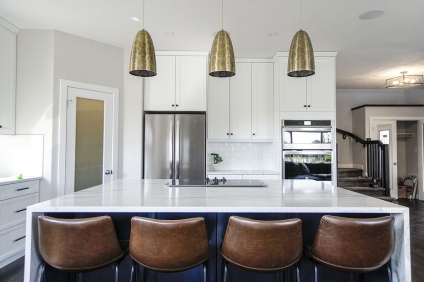In an era of budget, time, and labor constraints, is it possible to sell your ideas and concepts (which often require money, time, and labor to implement) to the CEO, CFO, board of directors, or whoever is in charge of the final decision? The answer is yes! You can sell your ideas up; it simply depends on how you frame the opportunity. First things first: When you’re selling your ideas up, don’t talk about the idea itself. While that may sound strange, it’s the primary sales rule that most people break. Yes, you love your ideas and think they’re great, but not everyone loves the same things as you. And when you’re selling your ideas to others, you can’t focus on your preferences. Rather, you have to focus on the other person. Here’s how you do that.
Tune into the Pain of the Person You’re Talking To
Forget about yourself and how excited you are about this great new idea or concept you want the company to implement. At this point, you and your likes are not important. If you’re going to sell your idea or concept, you have to understand where the other person’s personal pain is. For example, maybe they’re dealing with an upset board or stockholders who don’t like last quarter’s results. Or perhaps they have to reorganize. Or maybe sales are down or they just lost the head of marketing to a competitor. Do your research and uncover the main challenge they’re dealing with right now.
Once you know the other person’s pain, you can position the idea or concept you want to sell as something that can solve that pain. In other words, you have to show the CEO, CFO, board, or whomever you’re selling to that there’s a direct payoff to them if they approve your idea. So if you know that the CEO’s greatest pain is the fact that the sales team isn’t communicating with marketing or manufacturing, resulting in lower sales and poor customer experiences, then you have to look at what you’re proposing and figure out how it can ease that pain or even solve that problem.
As you do this, state it clearly. Don’t make anyone guess or come to their own conclusions. For example, you could say, “I know you’re dealing with… [lagging sales, poor internal communications, customer complaints, etc.]. I’ve come across some things that I think can help you overcome those challenges. Obviously, I want to help the company succeed and grow, so let me tell you about what I’ve found.”
Then talk about the new idea or concept in terms of solving the current problem only. Don’t go into all the benefits, functions, features, or costs. That’s an entirely different conversation you have later. Right now, you’re simply getting the decision maker on board with the idea or concept and in agreement that it will solve his or her problem.
Solve the Predictable Problems in Advance
As you have this discussion and talk about how the idea or concept can be the solution to their pain, you’ll also have to address the most common objections. So plan for them in advance. In other words, get into the other person’s shoes and figure out what his or her objections are likely to be. Pre-solve those objections before you have the discussion.
For example, if you’re talking to the CEO about your idea but you know budgets are tight, you can safely deduce that he or she will say, “This sounds great, but the CFO won’t approve this right now.” However, because you’ve anticipated the likely objections, you would reply, “I’ve already run this by the CFO because I knew it was important. I already have an okay from him/her, which is why I’m coming to you now.”
Of course, before going to the CFO, you would have identified his or her greatest pain and presented the idea or concept in a way that solved that challenge. And likely, the CFO’s pain is different from the CEO’s pain. However, if what you’re proposing is really a solution and not a fad, and you showed how it supports the organization’s strategic imperatives with a good ROI, you will have a receptive CFO.
The goal is to overcome the potential blocks before they arise. So solve the predictable problems before they happen and you’ll eliminate objections before they’re presented. Please, don’t skip this step, because the objections will come. You need to be prepared and have your homework done in advance.
Use the Power of Certainty to Your Advantage
When you’re selling your ideas, the people you’re talking to are thinking about risk: personal risk, financial risk, reputation risk, etc. You have to alleviate their fear of risk. How? Remember this: Strategies based on uncertainty have high risk, while strategies based on certainty have low risk. Therefore, before talking with the other person, ask yourself, “What are the things I’m absolutely certain about regarding this idea or concept? What are the current Hard Trends? Where is the industry, company, economy, etc. going, based on what we are certain about with this solution as well as without this solution?”
Identify the things you’re completely certain about. This is not a time for “if,” “maybe,” or “might.” Only address the things you know for sure. It’s about what will happen versus what might happen. In a world filled with uncertainty, what are you certain about?
Make your list of Hard Trends – the things you’re certain about. For example, smartphones and smart pads (such as the iPhone and iPad) are gaining more popularity every day. Is this a trend that you know will continue, or will people eventually trade in their new smartphones and go back to the traditional cell phones of yesterday?
The answer is obvious. People won’t go back. So, look at the current technologies available and how people are changing behaviors based on their use. Look at the sales trends. Look at your customers. Look at the economy. Look at everything around you and get clear on what’s a Hard Trend and what’s going to pass.
Additionally, look at the strategic imperatives of the company and the current plan. Determine if your proposed idea is an accelerator or decelerator of that plan. Obviously, you want to show how your idea or concept can accelerate the plan and the results of the plan. You want to show how your solution can help increase sales, increase innovation, increase product development, etc. Again, this can’t be a “maybe.” It has to be something you’re certain about.
Then, after talking about the pain and how you’ve solved it, and after overcoming the objections, go into your list of certainties. You could say, “Here are things I’m certain about in the marketplace and in our company… Based on this certainty, here is why implementing this idea or concept is low risk and a winner.”
You’ll find that this approach is a powerful sales tool.
An Anticipatory Approach to Selling
This approach to selling your ideas is a switch for many people because even after all these steps and all these discussion points, their passion for their ideas often overrules and they neglect to focus on what the proposed idea or concept will do for the listener. It’s important to remind yourself well before the meeting that if you haven’t done the groundwork to get the other party excited or onboard, you’ll likely go nowhere. As you’re busy talking about features and benefits, the other person is thinking about costs, risks, ifs, and maybes. That’s why you need to solve all those things ahead of time. This is really just an anticipatory approach to selling—you’re anticipating the problems, the rejections, the objections, and the concerns so you can overcome them easily and turn them around.
Anyone who has worked with C-level executives knows that leaders can get excited about many things, but they’re working with the weight of costs, controls, and constraints on them. Therefore, you need to challenge those costs, controls, and constraints. Instead, make what you offer about priority, relevancy, and strategic imperatives and you’ll get your ideas sold.
Shift today from playing agile defense to anticipatory offense with Daniel Burrus’ results-driven transformation accelerator for leadership teams to elevate relevancy and accelerate innovation and growth. The Anticipatory Organization® Learning System.
Agent Resource
|
||||||
What's New

From buying and selling advice for consumers to money-making tips for Agents, our content, updated daily, has made Realty Times® a must-read, and see, for anyone involved in Real Estate.











